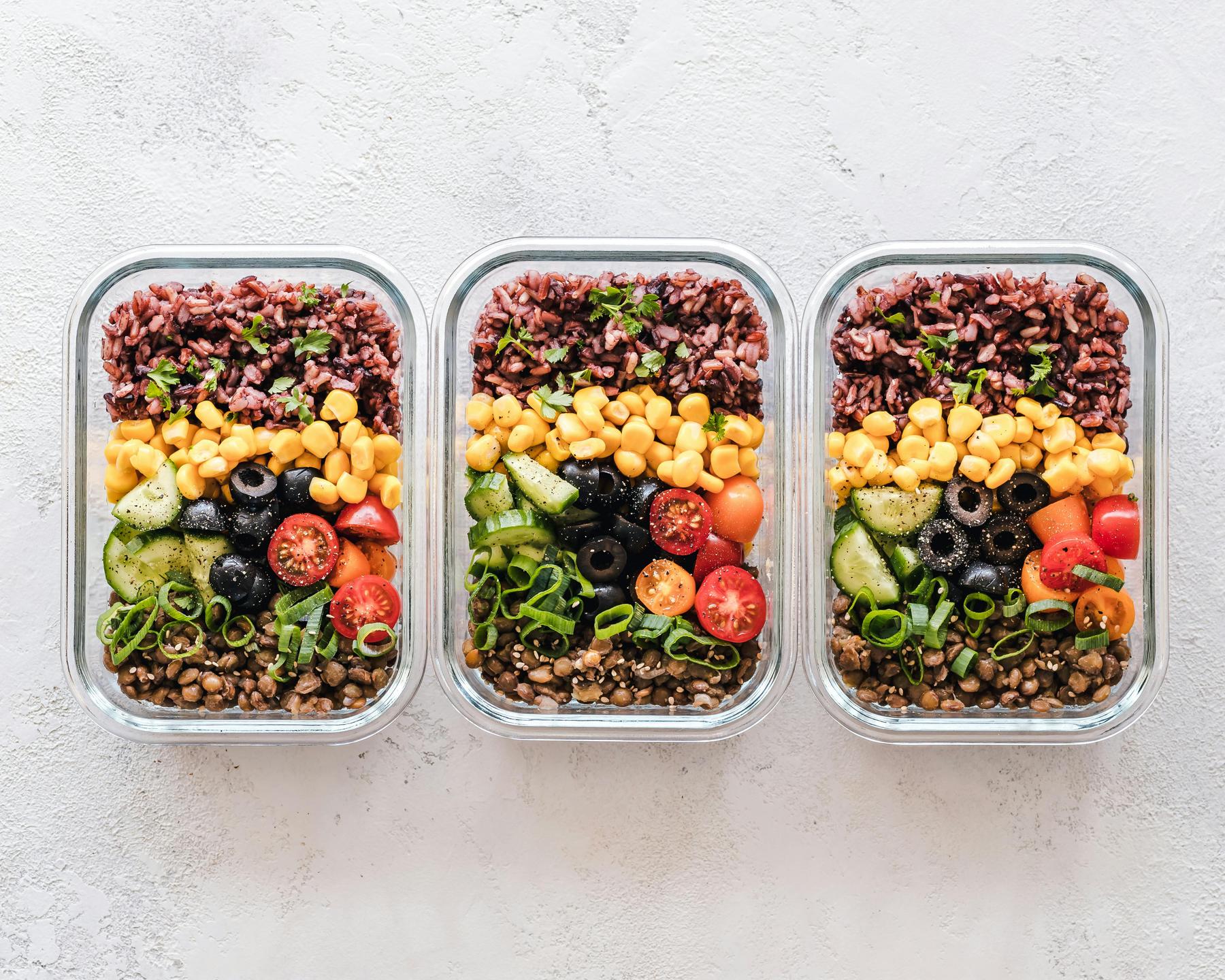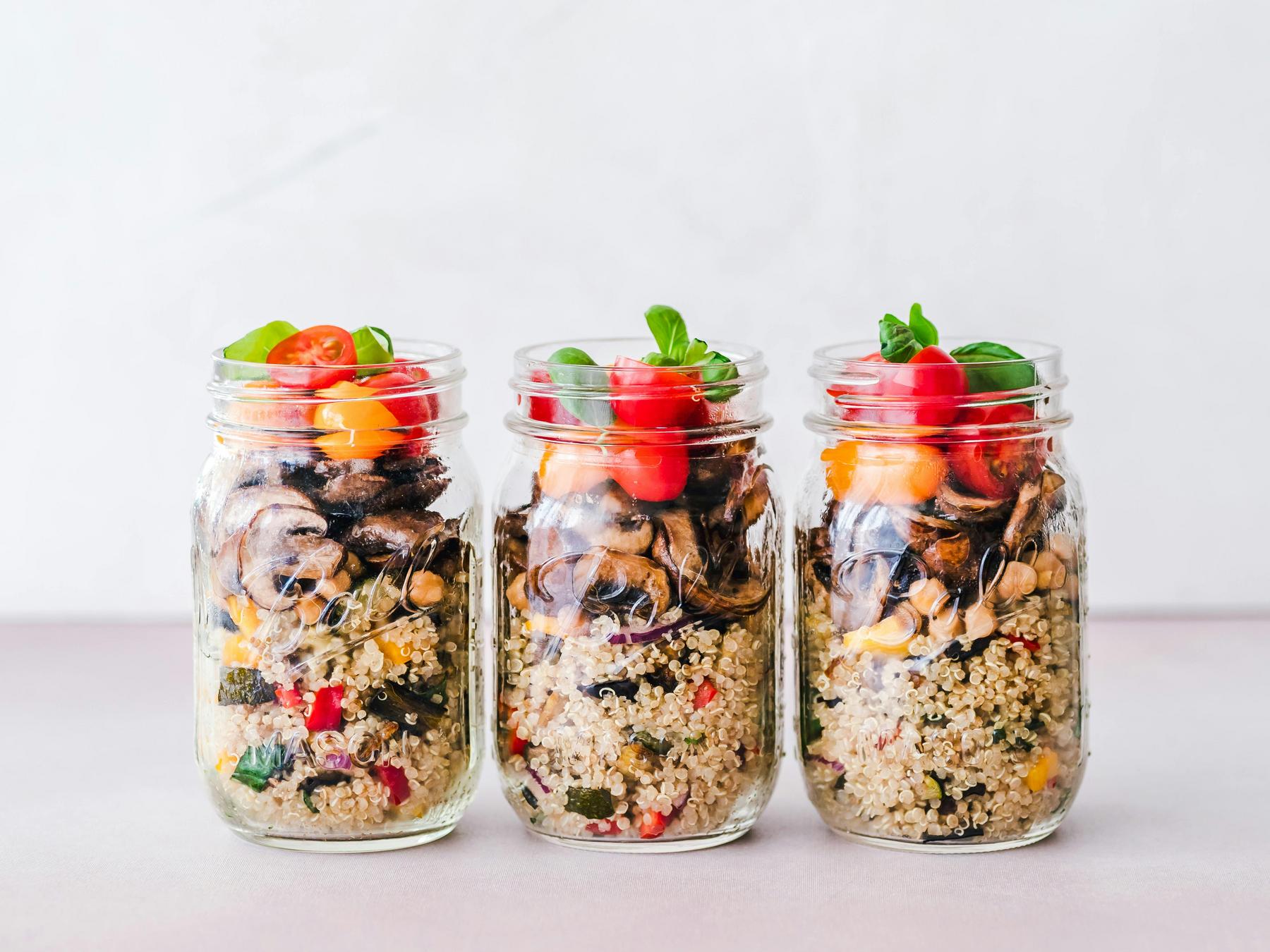In the face of rising food costs across Australia, many households find themselves caught between the competing priorities of maintaining a nutritious diet and managing tight budgets. Recent economic analyses reveal that Australian families allocate between 25-31% of their disposable income to food, with even higher percentages among lower-income households. Contrary to popular belief, however, research consistently demonstrates that nutritionally balanced diets aligned with national guidelines can actually cost 12-31% less than typical Western diets high in processed foods.
The challenge lies not in the inherent cost of healthy eating, but rather in developing strategic approaches to food shopping and meal planning. With thoughtful budgeting and evidence-based selection of nutrient-dense foods, Australians can significantly improve their dietary quality while simultaneously reducing weekly grocery expenditure.
How Does the Cost of Healthy Eating Compare to Unhealthy Options?
The perception that healthy eating is prohibitively expensive represents one of the most persistent barriers to improved nutrition in Australia. Market analyses indicate this misconception stems primarily from strategic marketing of ultra-processed foods rather than actual production costs. When examined systematically, the economic reality tells a different story.
Studies tracking Australian household expenditures reveal that families allocating 25-26% of their income to healthy diets experience 18% lower healthcare costs annually due to reduced chronic disease risks. This translates to significant long-term economic benefits, with research suggesting that every $1 invested in preventive nutrition yields $4.20 in productivity gains and reduced medical interventions.
The affordability gap becomes even clearer when comparing the cost stability of nutritious staples versus processed alternatives:
- Oats: Approximately $0.10 per serving
- Dried lentils: Approximately $0.30 per serving
- Frozen spinach: Approximately $0.25 per serving
What Budget Allocation Framework Works Best for Nutritious Shopping?
Developing a structured approach to grocery spending provides a practical framework for balancing nutrition and affordability. Nutritional research supports the evidence-based 60/30/10 rule as an optimal model for grocery budgeting:
The 60/30/10 Framework
60% on vegetables, fruits, and wholegrains This category delivers maximum nutrient density per dollar spent. Prioritising seasonal produce significantly enhances value:
- Seasonal apples: Approximately $2.50/kg
- Sweet potatoes: Approximately $1.80/kg
- Rolled oats: Approximately $1.10/kg
30% on proteins Cost-effective protein sources provide essential amino acids without straining budgets:
- Eggs: Approximately $0.50/egg
- Canned salmon: Approximately $2.20/serve
- Tofu: Approximately $3.50/kg (providing equivalent protein to beef at 40% lower cost)
10% on processed foods Limiting discretionary purchases to under 10% of your grocery budget yields multiple benefits:
- Reduces average weekly expenditure by approximately $18
- Lowers sodium intake by approximately 1,200mg daily
- Decreases consumption of added sugars and unhealthy fats
Case studies demonstrate that households adopting this framework not only improve nutritional quality but also reduce food waste by 22% through more precise portion planning and selection of ingredients with extended shelf lives.
Which Protein Sources Offer the Best Nutritional Value for Money?
Protein represents the most variable cost component in grocery budgets, making it a critical area for optimisation. Understanding the relative cost-benefit ratio of different protein sources allows for more strategic purchasing decisions.
Comparative Cost Analysis of Common Protein Sources
| Protein Source | Cost Per Serve | Protein (g) | Cost Per Gram |
|---|---|---|---|
| Chicken Thighs | $1.20 | 18 | $0.07 |
| Canned Lentils | $0.85 | 12 | $0.05 |
| Greek Yogurt | $1.10 | 15 | $0.07 |
| Grass-Fed Beef | $2.50 | 22 | $0.11 |
This analysis reveals that plant-based proteins consistently offer superior cost efficiency. Legumes provide approximately 7.5g of protein per $0.30 spent, compared to 6g per $1.00 for animal sources. For those who prefer animal proteins, strategic approaches can help manage costs:
- Blending minced meat with lentils in a 1:1 ratio maintains palatability while reducing costs by 40%
- Choosing less expensive cuts and cooking methods that enhance tenderness
- Incorporating eggs as a versatile, affordable complete protein source
- Using small amounts of meat as a flavour enhancer rather than the centre of meals
How Can Seasonal and Alternative Food Choices Reduce Grocery Costs?
Aligning food purchases with natural growing cycles represents one of the most effective strategies for reducing grocery expenditure while maximising nutritional quality.
Seasonal Produce Strategies
Purchasing seasonally reduces produce costs by 33-41%, with significant variations throughout the year. The Australian Seasonal Produce Calendar identifies quarterly optimization windows:
- Q1 (Summer-Autumn): Stone fruits ($3.50/kg), leafy greens ($2.80/bunch)
- Q2 (Autumn-Winter): Citrus ($2.20/kg), cruciferous vegetables ($1.90/kg)
- Q3 (Winter-Spring): Root vegetables ($1.60/kg), apples ($2.40/kg)
- Q4 (Spring-Summer): Berries ($4.00/punnet), zucchini ($3.00/kg)
Winter vegetables like carrots ($1.15/kg) and cabbage ($2.00/head) typically cost 50% less than off-season imports, offering substantial savings opportunities for budget-conscious shoppers.
Imperfect Produce Programs
Cosmetically imperfect fruits and vegetables offer identical nutritional profiles at significantly reduced prices. These “ugly” produce programs reduce costs by 30-50%, with major Australian retailers now offering subscription boxes containing 5kg of seasonal imperfect produce for $12-$15 weekly.
Frozen and Canned Alternatives
Nutritional analyses confirm that frozen vegetables retain 92% of vitamins compared to fresh, with cost savings of 40-60%. For example:
- Fresh spinach: $3.50 for 250g
- Frozen spinach: $2.00 for 500g
Similarly, canned legumes provide equivalent protein to cooked dried varieties with 70% time savings. Choosing reduced-salt options ensures sodium levels remain below 120mg/100g, addressing one of the primary nutritional concerns with preserved foods.
How Does Structured Meal Planning Improve Grocery Budgeting?
Strategic meal planning represents a cornerstone of efficient grocery budgeting. Research indicates that households employing structured meal plans reduce impulsive purchases by 35% and lower weekly food waste from 22% to 9%.
Dynamic Meal Planning Protocol
The evidence-based triphasic planning model optimizes budget utilization:
- Pantry audit: Identify existing ingredients to avoid duplicate purchases and build meals around what you already have
- Special-based planning: Design 3-4 core recipes using current supermarket specials as foundations
- Flexible preparation: Batch-cook versatile base ingredients (grains, roasted vegetables) that can be repurposed across multiple meals
This systematic approach not only reduces unnecessary spending but also minimizes food waste—a significant contributor to inflated grocery bills. Digital tools enhance this process, with meal planning apps allocating approximately $2.50 per day per person for nutritionally complete meal plans.
Strategic Retailer Selection
Cross-analysis of major Australian supermarkets reveals consistent pricing patterns that savvy shoppers can leverage:
- ALDI: Offers the lowest prices for canned legumes (12% lower), frozen fish (9% lower), and oats (5% lower)
- Coles: Provides best value for brown rice (7% lower) and whole-grain pasta (4% lower)
- Woolworths: Features competitive poultry pricing (approximately $6.00/kg for chicken thighs)
Strategic split shopping across retailers achieves an average 13% savings, while bulk purchasing of items like 25kg rice sacks ($15) and 5kg lentil packages ($22) lowers per-serving costs by up to 62%.
What Community Resources Can Help With Affordable Healthy Eating?
Leveraging collective purchasing power and community initiatives provides additional avenues for reducing grocery costs while maintaining nutritional quality.
Bulk Purchasing Cooperatives
Community-driven bulk-buy groups involving four or more households achieve average cost reductions of 29% through collective purchasing power. A Melbourne cooperative’s 2024 initiative provided 500 families with weekly vegetable boxes (5kg seasonal produce) for $10, funded through municipal partnerships.
Government Subsidy Programs
The 2024 National Nutrition Policy allocated $150 million to expand the Healthy Food Partnership, subsidizing fruits and vegetables in remote communities by 20%. Early results from Northern Territory pilot programs show 18% increased vegetable consumption and 12% reduction in soft drink purchases, demonstrating the potential impact of structured support systems.
The Economics of Nourishment: Beyond the Shopping Trolley
Adopting a strategic approach to grocery shopping yields benefits extending far beyond immediate cost savings. Research demonstrates that households prioritizing nutrient-dense whole foods, seasonal produce, and plant-based proteins consistently achieve 20-25% higher nutrient intake per dollar spent compared to those relying primarily on convenience foods.
More significantly, these dietary improvements translate directly to health outcomes. Analysis of Australian household data reveals that families following nutritionally balanced diets experience 18% lower healthcare costs annually—a substantial economic benefit that compounds over time.
For those managing weight concerns, the connection between strategic grocery budgeting and successful weight management is particularly relevant. Structured meal planning and prioritization of nutrient-dense, minimally processed foods creates the foundation for sustainable dietary patterns that support healthier weight maintenance.
By implementing the evidence-based strategies outlined above—from the 60/30/10 budgeting framework to seasonal shopping practices—Australians can optimize both their nutritional intake and financial resources simultaneously.
Skip the struggles. Our patients achieve <20.2% weight reduction with medical weight loss treatments delivered straight to their door. No clinics. No waiting. Just results. See if you’re eligible for our medical weight loss treatments – take our quiz.
Is it really possible to eat healthily on a tight budget in Australia?
Yes, research consistently demonstrates that nutritionally adequate diets aligned with national guidelines can cost 12-31% less than typical Western diets high in processed foods. The key lies in strategic shopping, proper meal planning, and prioritizing nutrient-dense foods like seasonal produce, legumes, and whole grains. Studies show households following these approaches achieve 20-25% higher nutrient intake per dollar spent.
Which protein sources provide the best nutritional value for money?
Plant-based proteins consistently offer superior cost efficiency, with legumes providing approximately 7.5g of protein per $0.30 compared to 6g per $1.00 for animal sources. Canned lentils ($0.85 per serving) and tofu ($3.50/kg) deliver excellent protein content at significantly lower costs than most animal products. For those preferring animal proteins, eggs ($0.50 each) and chicken thighs ($1.20 per serving) represent the most economical options.
How significant are the savings when shopping seasonally?
Purchasing seasonally reduces produce costs by 33-41%, with winter vegetables like carrots ($1.15/kg) and cabbage ($2.00/head) typically costing 50% less than off-season imports. The Australian Seasonal Produce Calendar identifies quarterly optimization windows that allow shoppers to plan purchases around peak availability periods. Additionally, ‘imperfect’ seasonal produce programs offer further discounts of 30-50% with identical nutritional profiles.
What are the most cost-effective pantry staples for healthy meal preparation?
Evidence-based analysis identifies several pantry staples with exceptional nutritional value per dollar: oats ($0.10 per serving), dried lentils ($0.30 per serving), brown rice ($0.15 per serving), canned tomatoes ($0.65 per serving), and frozen spinach ($0.25 per serving). These items maintain stable pricing year-round and form the foundation of numerous nutritious meals. Bulk purchasing of these staples can further reduce per-serving costs by up to 62%.
How do community food initiatives improve access to affordable nutrition?
Community-driven bulk-buy groups achieve average cost reductions of 29% through collective purchasing power. A Melbourne cooperative’s 2024 initiative provided 500 families with weekly vegetable boxes for $10, demonstrating the impact of municipal partnerships. Additionally, government programs like the expanded Healthy Food Partnership are subsidizing fruits and vegetables in remote communities by 20%, with early results showing 18% increased vegetable consumption among participants.



